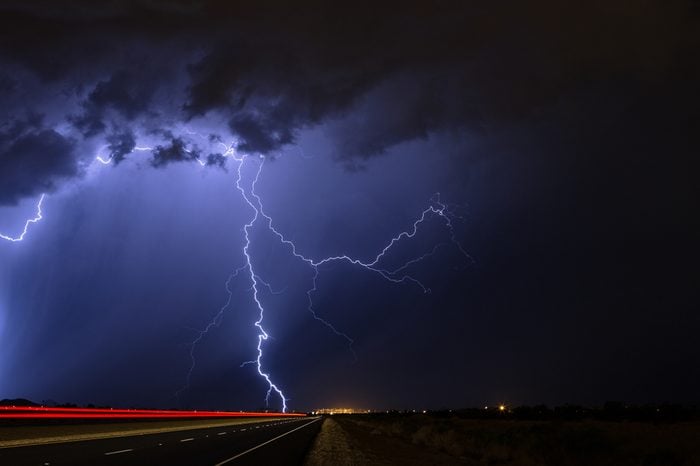
Lightning is everywhere
Lightning strikes more than eight million times a day worldwide. That’s about 93 times per second. Read more thunderstorm facts about lightning strikes.
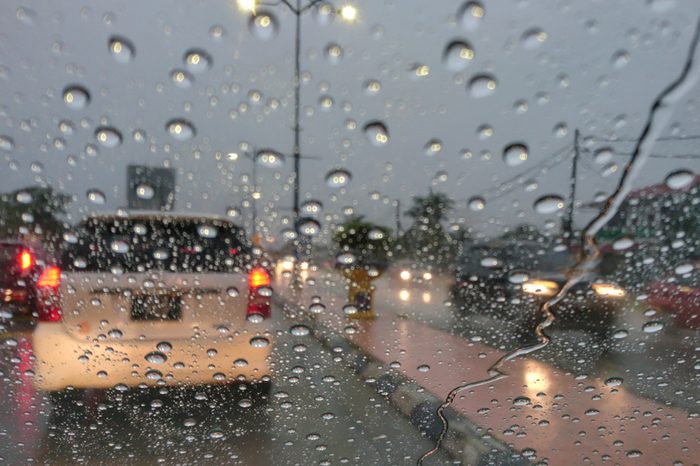
Don’t drive in water
The first rule of driving through a flooded area is: Don’t. At least half of all flood-related drownings happen when folks drive a vehicle into water, according to the Centers for Disease Control and Prevention. Just 6 inches of standing water can cause your engine to stall and you to lose control of your car, and a foot can sweep your car off the road. In a flood that means you could sink or drown.
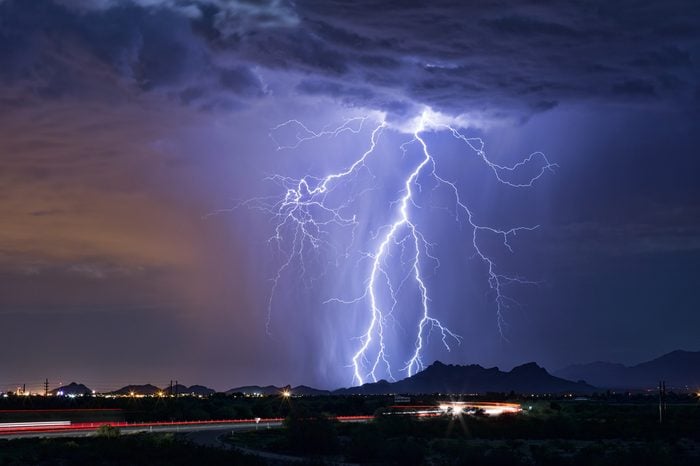
It’s hotter than the sun
How hot is a lightning bolt? About 50,000°F—five times hotter than the surface of the sun.
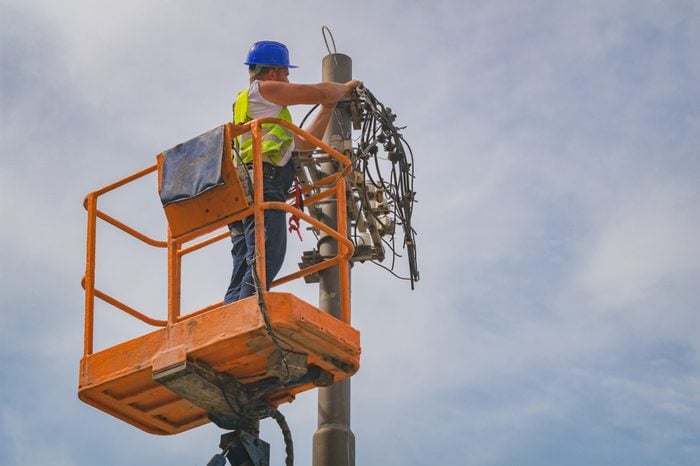
Believe it or not, the period after a severe weather event is usually the most dangerous
You have fallen trees, downed power lines, flooding, debris, broken glass and sharp objects all over the place. And because stoplights don’t work and people are upset, they tend to blow through intersections, so car wrecks are common and are sometimes fatal.

Yes, it really can rain frogs, fish, and other decidedly odd things
It’s a rare meteorological event, but one of the weirdest thunderstorm facts is that scientists say strong winds from a tornado or from a storm can be powerful enough to propel animals and objects high into the air, and they have to come down eventually. A small Australian town reported hundreds of fish falling from the sky in 2010.

It is a bad idea to take a shower during a thunderstorm
If lightning hits your house, it can travel through your plumbing and shock anyone who comes into contact with water flowing through it. People have been shocked or killed while bathing, washing dishes, and doing laundry. (This is also why indoor pools often close during storms.) These are the secrets TV weather forecasters won’t tell you.

Don’t take shelter under wooden structures
The “shelter” at your local park, golf course or pool may protect you from sun and rain, but in a thunderstorm, it can be a death trap. Unless a shelter is specifically built with lightning protection (most aren’t), standing under a wooden structure actually increases your chances of being struck by lightning. Wait out the storm in your car instead.
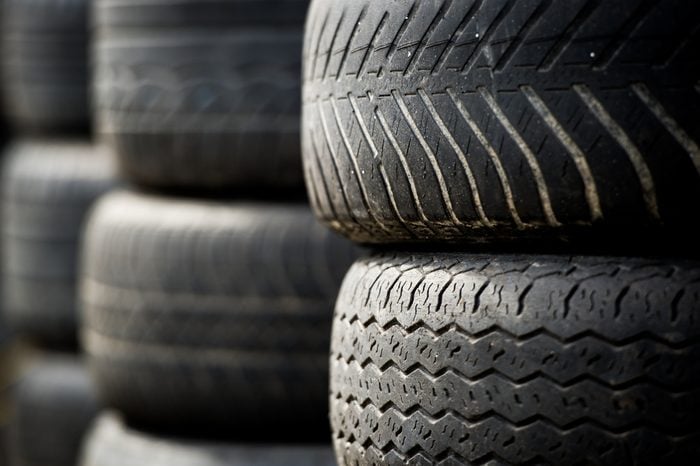
Rubber tires are not what protects you from lightning when you’re in your car
You’re protected because when lightning hits a car, it travels around the outside of the metal structure to get to the ground. Just be careful not to touch any metal areas on the interior.

Collect water
Many serious problems caused by a power outage are water-related. When a storm is on the way, hoard water. Fill buckets, pots and pans, old soda and milk bottles as well as your sinks and bathtub. You’ll need water for drinking, washing, and flushing the toilet.
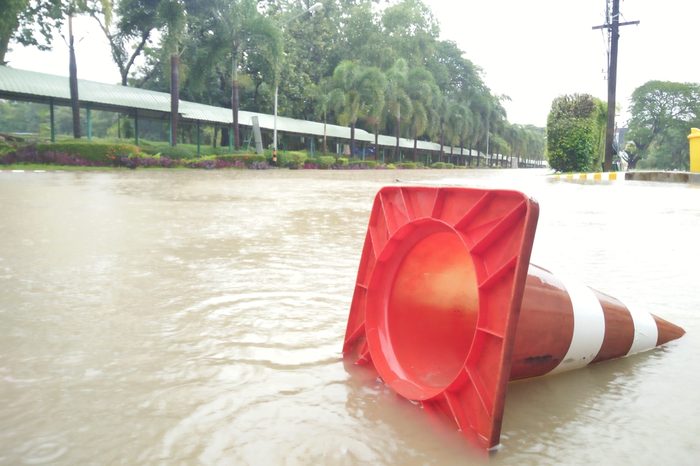
They produce a lot of rain
By one measure, Tropical Storm Claudette was the wettest storm in U.S. history. It dumped 43 inches of rain in 24 hours—the most rain ever recorded in one day—on Alvin, Texas, in July 1979.
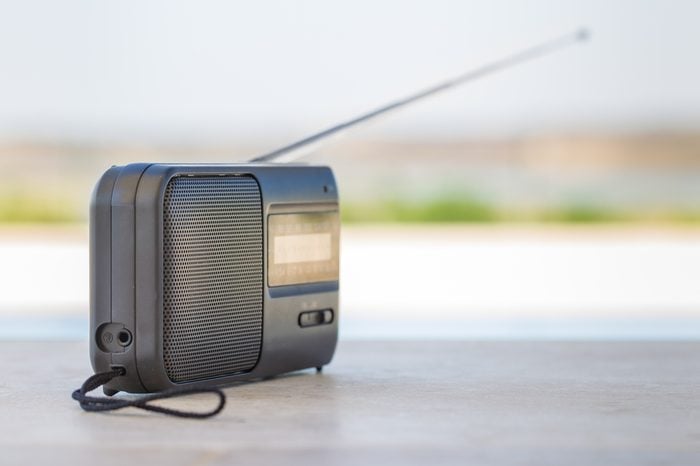
Get a radio
After a disaster, the No. 1 complaint is a lack of information. Invest now in a battery-operated or hand-cranked radio so you can stay connected when your power is out.
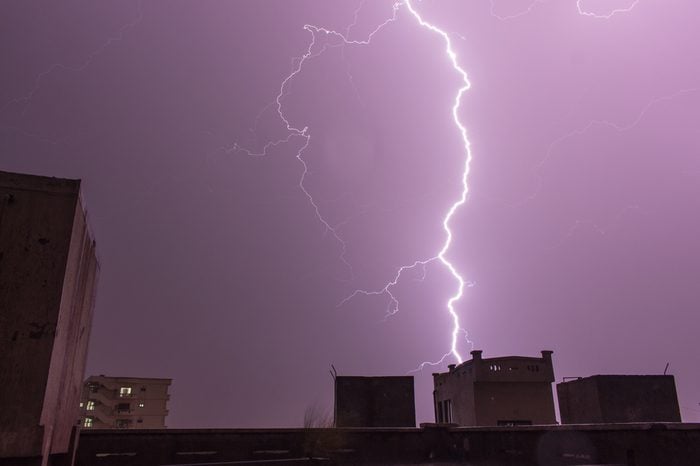
You can be struck by lightning even when it’s not raining
One of the strangest thunderstorm facts: About 10 percent of lightning strikes take place when there’s no precipitation.

In the 1980s, NASA flew one airplane through 1,496 thunderstorms
It was struck by lightning more than 700 times. This was part of an effort to improve lightning-protection standards in aviation, and it worked. Today, a commercial airplane will be hit by lightning about once a year on average, typically with no ill effects. It has been decades since a U.S. airliner has crashed as a result of a lightning strike. This is the real reason your dog freaks out during thunderstorms.
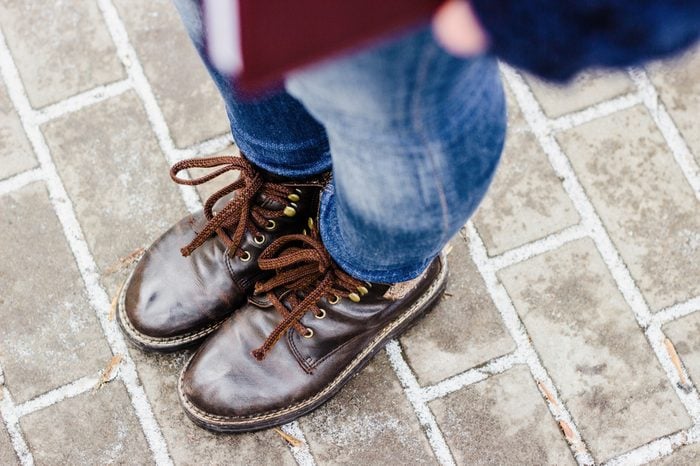
Keep your feet together
If you’re ever stuck outside during a thunderstorm with no safe place to take shelter, keep your feet together. About half of all lightning deaths are caused by electric current that runs along the ground. Keeping your feet together minimizes the chance that the current will travel up and through your body, damaging your internal organs. (Also, stay away from trees and crouch down, but don’t lie down.)

Balloons help predict the weather
Every day, twice a day, weather trackers simultaneously launch giant balloons from almost 900 locations worldwide (including 92 released by the National Weather Service in the United States and its territories). The balloons measure aboveground weather data such as temperature, humidity, and wind speed, and they provide vital information that meteorologists use to make forecasts and predict storms.
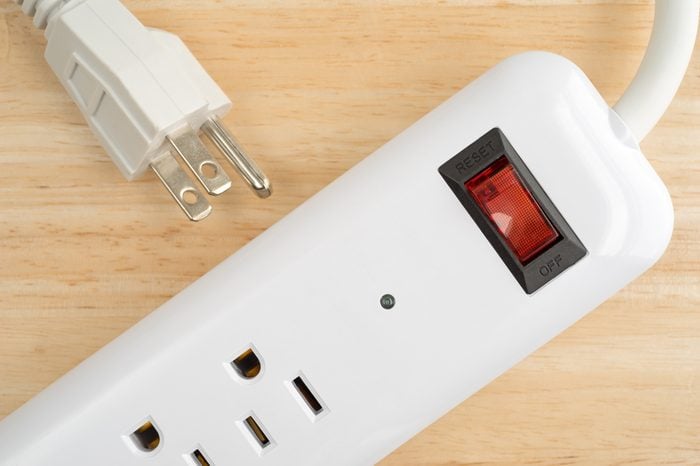
Even the best surge protectors can fail if lightning hits your house directly
Electronics today are more vulnerable than they used to be, so it doesn’t take much to blow them out. The only way to be sure they’re protected is to unplug before the storm hits.
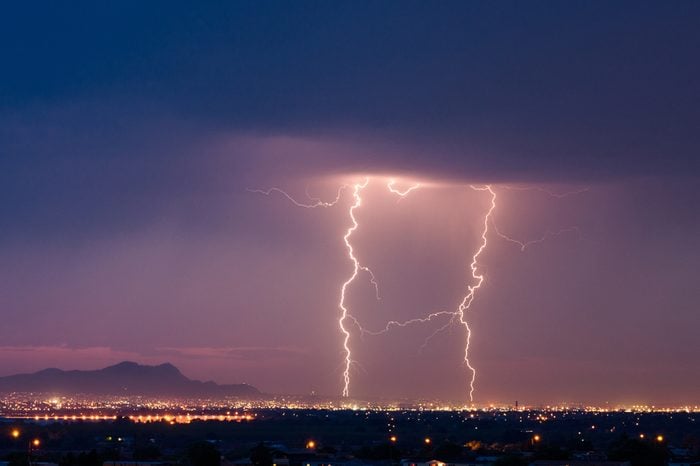
It can strike twice
Lightning can strike the same place twice—and it often does, especially objects that are tall, pointy, and isolated. The Empire State Building, for example, is hit almost 100 times a year, according to the CDC.
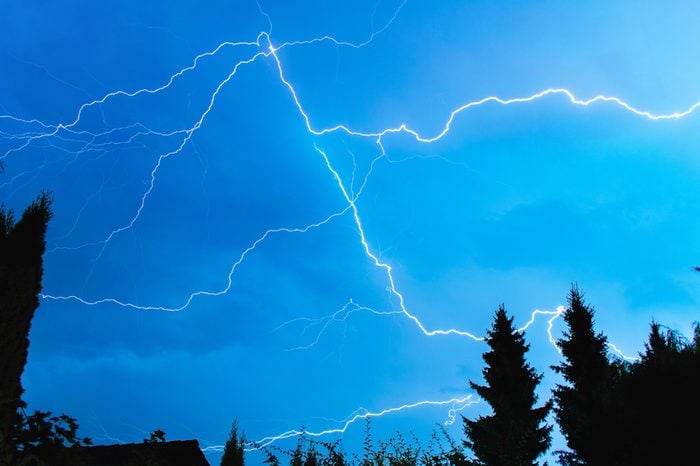
There doesn’t have to be rain
You can get struck by lightning even when if it’s not raining. About 10 to 12 percent of lightning strikes take place where there’s no rain.

Covering your windows with tape will not protect them from wind or flying objects
One of the thunderstorm facts that needs to be debunked is this one. Experts promoted this idea long ago, before they realized that taping does nothing to strengthen windows and may even increase the potential for harm. (Picture giant taped-together shards of glass flying at you.) Covering your windows with storm shutters or plywood is the only way to prevent them from breaking.

Metal does not “attract” lightning
The reason people get hit when they’re talking on cell phones is that they’re distracted.

You can touch someone who has been struck by lightning
Despite what you may have heard, it’s safe to touch someone who has been struck by lightning. No electric charge remains with lightning victims, which means you won’t be electrocuted if you touch them to administer first aid.
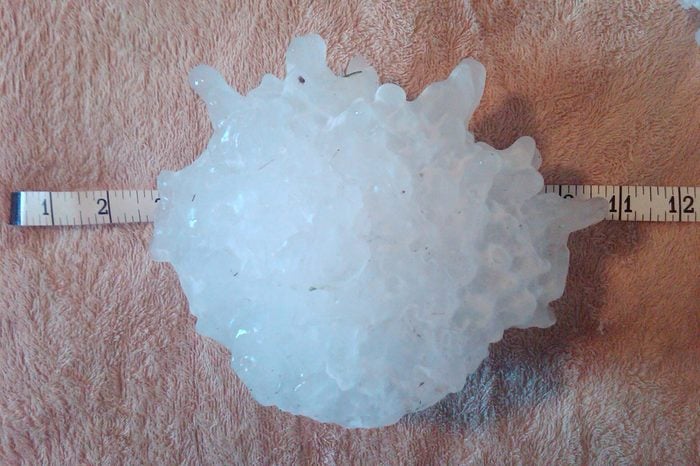
And nothing is going to save you if you get caught in the hailstorm from you-know-where
Ice particles form when water droplets reach cold temperatures in a thunderstorm, but they achieve a measurable size only when a storm’s updraft is strong enough to hold the ice aloft as more water droplets freeze onto the initial crystal. The largest hailstone ever recorded in the United States was found in July 2010 in Vivian, South Dakota. It was almost 19 inches around and weighed almost two pounds. Ouch.